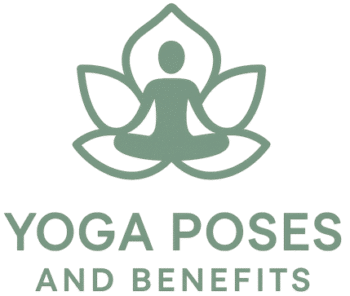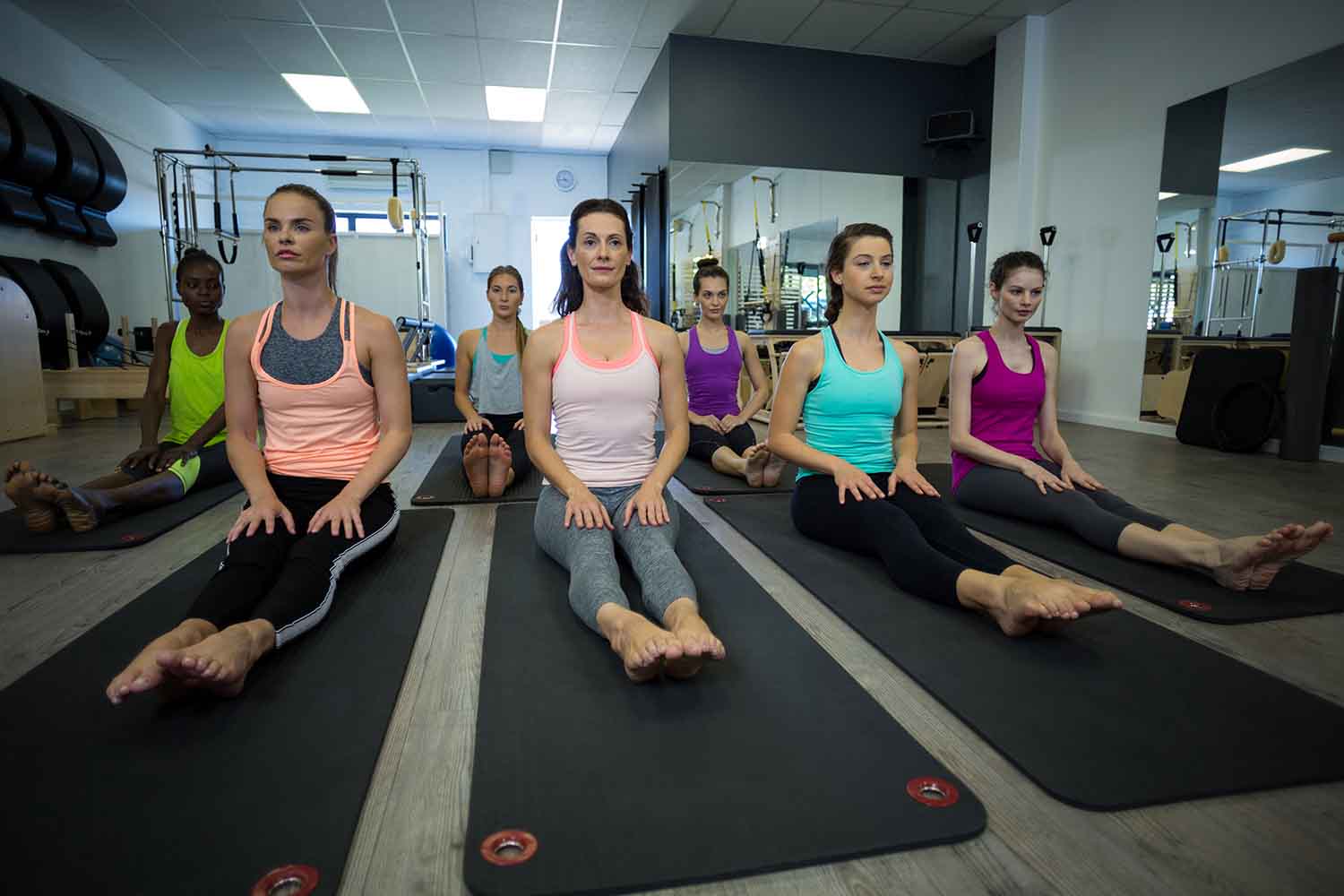Staff Pose in yoga, known as Dandasana in Sanskrit, is a foundational yoga pose that epitomizes strength, alignment, and mindfulness. This seated posture encourages practitioners to develop a strong and stable foundation, while also promoting mental focus and inner calm. In this comprehensive guide, we will explore the intricacies of Staff Pose, from basic instructions to advanced insights, and understand its role in yoga sequences.
Other Names for Staff Yoga Pose
Staff Pose is recognized by various names in different yoga traditions and languages. Some common alternate names for Staff Pose include:
- Dandasana (Sanskrit)
- Seated Staff Pose
- Base Pose
How to do Staff Pose in Yoga
Proper alignment is crucial to master Staff Pose. Here’s a step-by-step guide:
- Begin by sitting on your mat with your legs extended straight in front of you.
- Place your hands beside your hips, with your fingers pointing forward.
- Ground your sit bones firmly into the mat.
- Flex your feet, drawing your toes toward your body.
- Engage your quadriceps, lifting your kneecaps to activate your leg muscles.
- Lengthen your spine by lifting your chest and drawing your shoulders back and down.
- Keep your chin parallel to the ground and gaze forward.
- Breathe deeply and hold the pose for 30 seconds to one minute, maintaining a straight back.
- Inhale as you release the pose, relaxing your legs and arms.
Variations of Staff Yoga Pose
While Staff Pose is relatively straightforward, there are variations that cater to different levels of practice and preferences:
- Upward Plank Pose (Purvottanasana): Elevate your hips and chest by placing your hands behind your hips and lifting your body off the ground.
- Staff Pose with a Forward Bend: After mastering the basic Staff Pose, you can add a forward bend by reaching for your toes or feet.
Modifications for Staff Yoga Pose
Staff Pose is accessible to most practitioners, but some modifications can enhance comfort or accommodate specific needs:
- Use Props: If you have tight hamstrings or struggle to maintain an upright posture, sit on a folded blanket or cushion to elevate your hips slightly.
- Bend Knees Slightly: If you find it challenging to keep your legs straight, you can bend your knees slightly to reduce tension on the hamstrings.
Contraindications for Staff Pose in Yoga
Staff Pose is generally safe, but there are a few contraindications and precautions to consider:
- Lower Back Pain: If you have lower back issues, practice Staff Pose with the guidance of an experienced teacher or use props to support your back.
- Hamstring Injury: Individuals with hamstring injuries should approach this pose with caution and may need to modify it.
Tips to Improve Staff Pose in Your Practice
- Warm-Up: Start your practice with gentle hamstring and hip flexor stretches to prepare your body for Staff Pose.
- Alignment Focus: Pay close attention to the alignment of your legs and spine, ensuring that your back remains straight.
- Engage Your Core: Strengthen your core muscles to support your spine and maintain an upright posture.
- Breath Awareness: Use your breath to create a sense of space in your body and enhance your connection to the pose.
What Muscles Does Staff Pose Work?
Staff Pose engages and stretches various muscle groups in the body:
- Hamstrings: Activates and stretches the hamstring muscles at the back of the thighs.
- Quadriceps: Engages the quadriceps, strengthening the front thigh muscles.
- Spine: Promotes good posture and engages the muscles supporting the spine.
Mental and Emotional Benefits of Staff Pose in Yoga
Beyond its physical aspects, Staff Pose offers numerous mental and emotional benefits:
- Focus and Concentration: The pose encourages mental focus and concentration as you maintain a straight and steady posture.
- Inner Calm: Staff Pose helps instill a sense of inner calm and tranquility.
- Self-Reflection: Practicing Staff Pose can provide a space for self-reflection and self-awareness.
Is Staff Yoga Pose Suitable for Beginners?
Staff Pose is an excellent starting point for beginners, as it provides a strong foundation for other seated and standing poses.
Is Staff Yoga Pose Suitable for Advanced Practitioners?
Advanced practitioners can deepen their practice by incorporating it into complex sequences and enhancing their alignment and focus.
How Does Staff Pose Contribute to a Yoga Sequence or Flow?
Staff Pose plays a crucial role in yoga sequences and flows:
- Seated Pose Series: It serves as a foundational seated pose in sequences designed to improve posture and body awareness.
- Warm-Up: Staff Pose can be included in warm-up sequences, preparing the body for more challenging poses.
- Alignment and Foundation: It offers the opportunity to focus on alignment and establish a strong foundation for other poses.
How Can I Deepen My Practice in Staff Pose?
To deepen your practice in Staff Pose, consider the following:
- Consistency: Regular practice will gradually improve your flexibility and ability to maintain the pose.
- Alignment Focus: Pay attention to the alignment of your legs, spine, and shoulders.
- Breath Connection: Utilize your breath to create a sense of expansion in the body and maintain mental focus.
Common Mistakes in Teaching Staff Yoga Pose
As a yoga teacher, it’s essential to avoid common teaching mistakes, including:
- Neglecting Proper Warm-Up: Neglecting to include hamstring and hip flexor stretches at the beginning of the class can make Staff Pose uncomfortable for students.
- Forcing Straight Legs: Encouraging students to force their legs straight can lead to discomfort and potential injuries.
- Overlooking Prop Usage: Not offering props to students who need additional support can hinder their progress and comfort.
In conclusion, Staff Pose (Dandasana) is a foundational yoga pose that epitomizes strength, alignment, and mindfulness. It provides numerous physical, mental, and emotional benefits, making it suitable for practitioners of all levels. Whether you’re a beginner or an advanced practitioner, focusing on alignment, variations, and the mindful aspects of this pose can deepen your practice and enhance its role in your yoga journey. Staff Pose empowers you to find strength, balance, and inner calm.
Namaste.
What is the Staff Pose good for?
The Staff Pose, or Dandasana, is good for improving posture, strengthening the back muscles, and increasing core stability. It helps build a strong foundation for seated yoga poses, enhances spinal alignment, and supports flexibility in the hamstrings. Commonly practiced in Hatha yoga, it also aids in developing body awareness and balance.
What are common Staff Pose mistakes?
Common Staff Pose mistakes include rounding the spine, locking the knees, and letting the shoulders hunch forward. To perform Dandasana correctly, engage the core muscles, press the thighs firmly into the mat, and flex the feet. Proper alignment tools like yoga blocks and a wall can support posture in beginner practices.
What is the most healing yoga pose?
The most healing yoga pose is Child’s Pose (Balasana), known for promoting deep relaxation and stress relief. It gently stretches the spine, hips, and knees while calming the nervous system. Incorporating poses like Staff Pose (Dandasana) and Legs-Up-the-Wall (Viparita Karani) can further enhance restorative benefits.
How can I improve my Staff Pose?
To improve your Staff Pose, focus on engaging your core muscles, pressing your palms into the mat, and maintaining a long spine. Use yoga blocks under the hands for support, actively flex the feet, and align the shoulders over the hips. Practicing with cues from Hatha Yoga and Iyengar Yoga can enhance alignment and posture.

